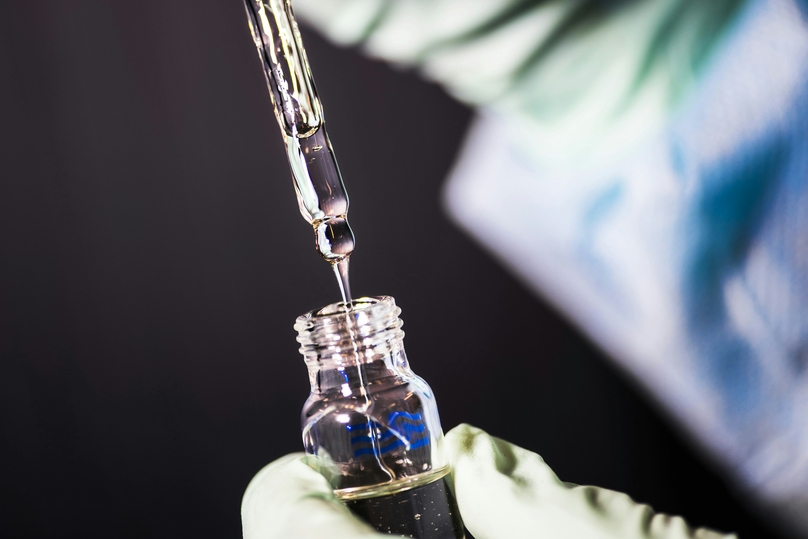Electronic Lab Notebooks (ELNs) are revolutionizing the way life sciences research is conducted. By transitioning from traditional paper notebooks to digital platforms, researchers can boost efficiency, improve data integrity, and facilitate easier collaboration. Understanding and implementing ELN best practices is crucial to maximizing these benefits and ensuring seamless integration into your daily research activities.
Choosing the Right ELN for Your Needs
Before diving into the specifics of using an ELN, it’s important to select a system that aligns with your laboratory’s needs. Consider factors such as user-friendliness, compatibility with existing systems, and the ability to support the specific types of data your research generates. Additionally, ensure the ELN complies with relevant regulatory requirements like FDA 21 CFR Part 11 or similar standards, which govern the security and integrity of electronic records.
Choose anELN software that offers customization options to tailor the functionalities according to your lab’s requirements. Scalability is important as it ensures that the ELN can grow with your lab, accommodating increased data volume or new types of experiments.
Streamlined Lab Organization and Collaborative Editing
A major advantage of ELNs is their ability to organize research data meticulously. With features like tagging, indexing, and easy search capabilities, ELNs allow you to keep your research data well-organized and accessible. For labs focusing on collaborative projects, the digital nature of ELNs facilitates streamlined lab organization and collaborative editing, making it easier for multiple users to view, edit, and annotate the same entries in real-time.
Effective data management practices ensure that all team members can access necessary information promptly. ELNs enable controlled access settings to secure sensitive data while supporting collaboration across different departments or geographical locations.
Implementing a Central Protocol Hub for Smooth Collaboration
Protocols are fundamental to any lab operation, outlining necessary steps for experiments and ensuring consistency in procedures. ELNs can serve as a central lab protocol hub, simplifying protocol management and making it easy for team members to access and follow standard operating procedures (SOPs). This centralized approach not only reduces errors but also enhances the reproducibility of experiments.
Regular updates to protocols as new insights and methodologies develop are crucial. ELNs provide effortless protocol management, helping you track revisions and maintain a clear record of changes. This version control is essential for maintaining the quality and integrity of your experiments.
Optimizing Data Entry and Retrieval
Efficient data entry and retrieval are key to maximizing productivity with an ELN. To achieve this, set up structured templates for common experiment types and use automatic data capture features where possible, such as importing data directly from lab instruments. This reduces manual entry errors and saves time.
Metadata are critical for contextualizing data, making it easier to search and interpret. Ensure that all data entered into your ELN includes comprehensive metadata tags based on predefined categories relevant to your research.
Simplify and Safeguard Your Research
An ELN is not just a tool for recording experiments; it’s also a powerful way to protect intellectual property and ensure compliance with data protection regulations. Regular backups and secure cloud storage options are integral features of ELNs that simplify and safeguard your research. These features protect against data loss and provide robust audit trails for regulatory scrutiny or patent filings.
Look for ELNs that offer strong encryption, multi-factor authentication, and user-specific access permissions. These features are crucial for maintaining the confidentiality and integrity of sensitive research data.
Integrating with Other Laboratory Systems
For an ELN to be most effective, it should seamlessly integrate with other laboratory systems such as LIMS (Laboratory Information Management Systems) and lab automation tools. This integration enables a holistic approach to lab management, where data flows effortlessly between systems, reducing manual data entry and increasing accuracy.
By integrating ELNs with lab automation systems, repetitive tasks can be automated, freeing up researchers to focus on more critical aspects of their work. Harness the power of research operations analytics with an integrated lab automation system and software that synchronizes data across devices and platforms, enhancing workflow efficiency.
Smart Inventory Management
Proper management of lab inventory is critical to avoid delays and disruptions in research activities. ELNs can be connected to the best lab inventory management software, enabling researchers to track reagents, samples, and equipment with ease. With features like barcode scanning and expiration tracking, researchers can maintain a clear overview of available resources and plan their experiments accordingly.
Real-time inventory tracking helps prevent the overstocking or understocking of lab essentials. By knowing exactly what is available and when supplies need replenishing, labs can operate more efficiently and cost-effectively.
Training and Support for ELN Adoption
While ELNs offer numerous benefits, the transition from paper-based notes to a digital system can be challenging for some. Providing comprehensive training and ongoing support can ease this transition. Encourage the use of ELN features through regular workshops and training sessions, and ensure that users have access to support resources to address any issues that arise.
Actively seek feedback from users to understand their needs and experiences with the ELN. This feedback is invaluable for making iterative improvements to the system, ensuring it continues to meet the evolving needs of the lab.
Embrace the future of life sciences research with us at Genemod. Our cutting-edge ELN solutions offer everything you need to streamline your research processes, from lab automation to advanced data analytics. Let us help you optimize your research operations and take your scientific inquiries to the next level. Discover more about our products and how we can assist in transforming your lab's efficiency by visiting our website today.


















